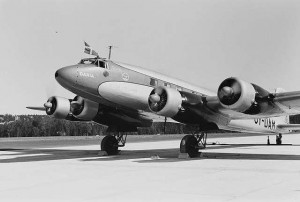 The Focke-Wulf Fw-200 was developed before WWII as a long-range passenger airliner. It was built to the specifications of Deutsche Lufthansa, and was developed by Kurt Tank. It first flew in 1937. It was an all-metal, four-engined monoplane capable of carrying 25 passengers up to 3,000 km. The Fw-200 was purchaced by Det Danske Luftfartsselskab (Danish Airlines) and was used for passenger transport by DDL well into the war.
The Focke-Wulf Fw-200 was developed before WWII as a long-range passenger airliner. It was built to the specifications of Deutsche Lufthansa, and was developed by Kurt Tank. It first flew in 1937. It was an all-metal, four-engined monoplane capable of carrying 25 passengers up to 3,000 km. The Fw-200 was purchaced by Det Danske Luftfartsselskab (Danish Airlines) and was used for passenger transport by DDL well into the war.
The Fw-200 was the first aircraft to perform a non-stop flight across the Atlantic, from Berlin to New York, causing quite a stir in the USA, and a lot of pride in Germany. The trip took place on the 10th of August 1938, and took approximately 24 hours. The return trip took less than 19 hours.
The German Fw-200’s were modified for war-time use, and was particularly successful over the atlantic for maritime partols and anti-submarine work. The war-time modifications were installation of gondolas and machine-guns, as well as radar.
Hitler had a Fw-200 converted from airliner status to personal aircraft. It was marked D-2600 and named Immelman III, in honour of WWI flying ace Max Immelmann.
After the war, a large number of surplus Boeing DC-3’s at knock-down prices, meant that the otherwise superior Focke-Wulf Fw-200 didn’t stand a chance. However, the Focke-Wulf Fw-200 was so far ahead of its time that, had it not been for the war, Focke-Wulf might have been one of the most popular airliner manufacturer today.
A single Fw-200 was raised from a lake in Norway in the 1990’s and is being restored in Berlin.
Specifications:
Crew: 5
Capacity: 17-25 passengers or 30 fully-armed troops
Length: 23.45 m (76 ft 11 in)
Wingspan: 32.85 m (107 ft 9 in)
Height: 6.30 m (20 ft 8 in)
Empty weight: 17,005 kg (37,490 lb)
Max takeoff weight: 24,520 kg (50,057 lb)
Powerplant: 4 × BMW/Bramo 323R-2 nine-cylinder radial engine, 895 kW (1,200hp) each
Maximum speed: 360 km/h (195 knots, 224 mph) at 4,800 m (15,750 ft)
Cruise speed: 335 km/h (181 knots, 208 mph) at 4,000 m (13,100 ft)
Range: 3,560 km (1,923 nmi, 2,212 mi)
Endurance: 14 hrs
Service ceiling: 6,000 m (19,700 ft)
Armament: 1 × 20 mm MG 151/20 cannon, 4 × 13 mm MG 131 machine guns
Bombs: Up to 2,100 kg (4,360 lb)





 03/06/2011
03/06/2011
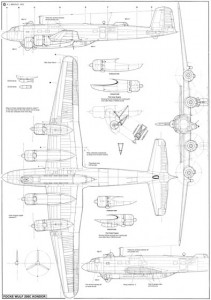
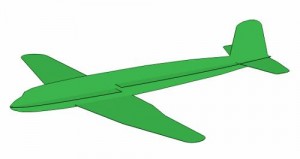
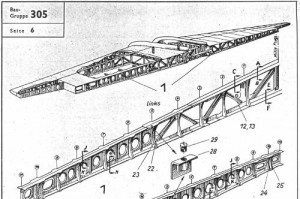
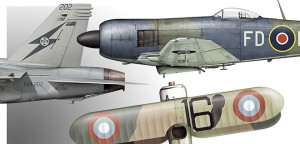
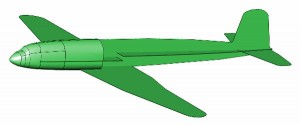
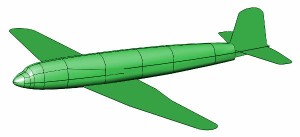
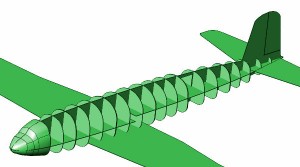
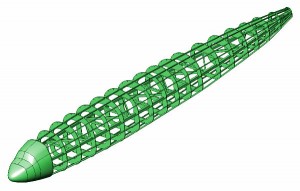
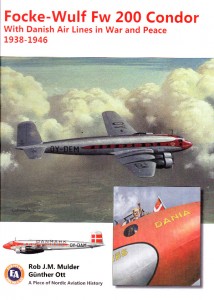
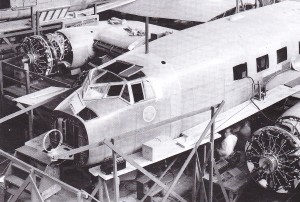

Where are you on the Condor, quite a plane
Hi Brian,
I am working on the wings (well the left one – I only make one, since the right is a mirror copy). Unfortunately I messed up the wing profile, so have started from scratch again.
The nose cone isnt symetrical at all, theres a different shape from the profile, to the top and bottom. Throw in the rectangular cockpit area, and the flatness of the top and bottom, its quite complicated. I made several attempts to build it in strip planking, but couldnt capture that shape. I finally got it in 3D and I’m going to have to print it. The nose is everything on this plane
Hello,
You say original Documents. As I play a on-line historical Flight Simulator were the Developers usually want proof through historical Documents for fixing of errors. Technical Data about Speed for Climb, Cruise, Dive, and Flaps+gear, as Armament, for an FW 200 C-1 Condor would be appreciated.And as we Players want the Planes in game as historical accurate as possible this could be very helpful.
Markus
Hi Markus,
I have sent you some scans. Hope it is what you were looking for.
Your source wasn’t by chance these guys, was it?
http://www.luftfahrt-archiv-hafner.de/
I am considering getting some of their stuff on the Condor, and have emailed them. Hope they can read English. 🙂
I am looking for the FW 200 Condor manuals that I can use for design one RC Model, could you please tell me where I can get them?, I got some but these are not showing the dimensions are parts that I need.
Thanks in advance Alex
Still working on the FW-200?
Hi Dear,
I am looking for information about the FW200 Condor from wich I found (perhaps) some original pieces … two containers (Fuel ?) …
Some pictures to you and/or drawings from you could help me to identify …
Could you take contact with Me ?
I already thank you and I wish you the best …
David